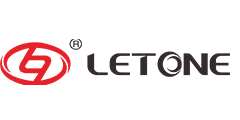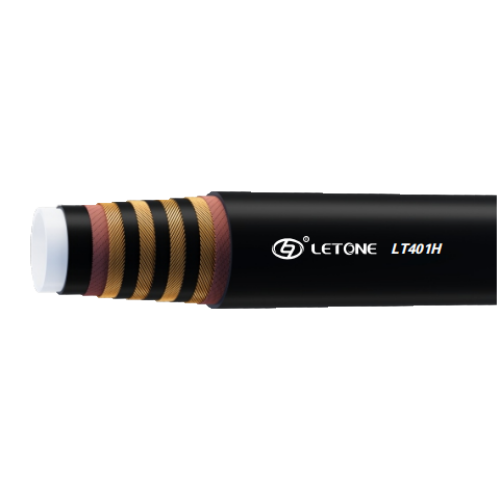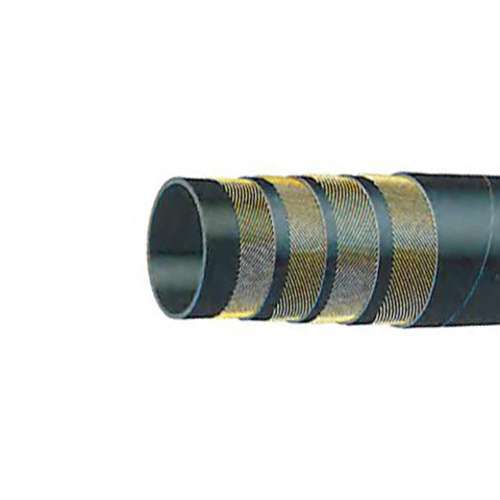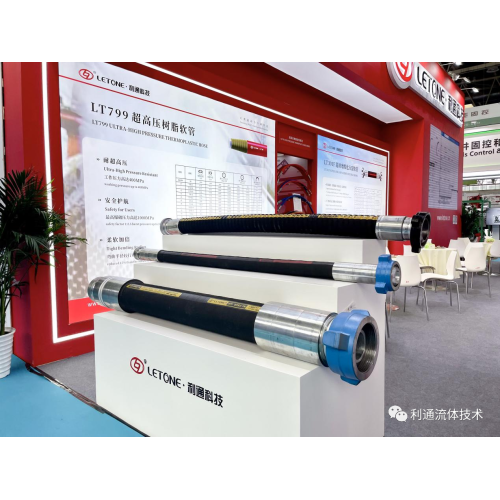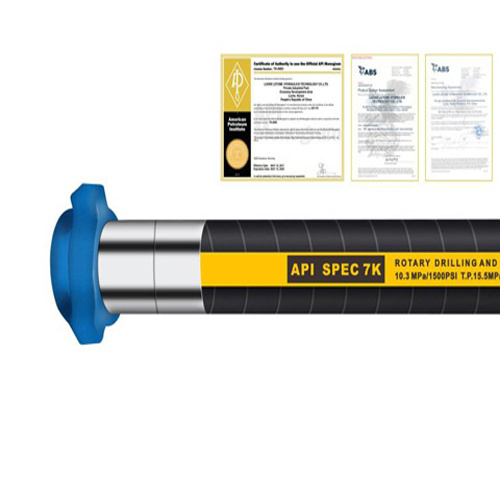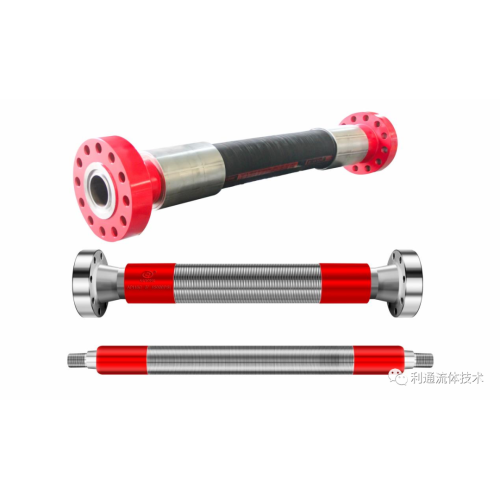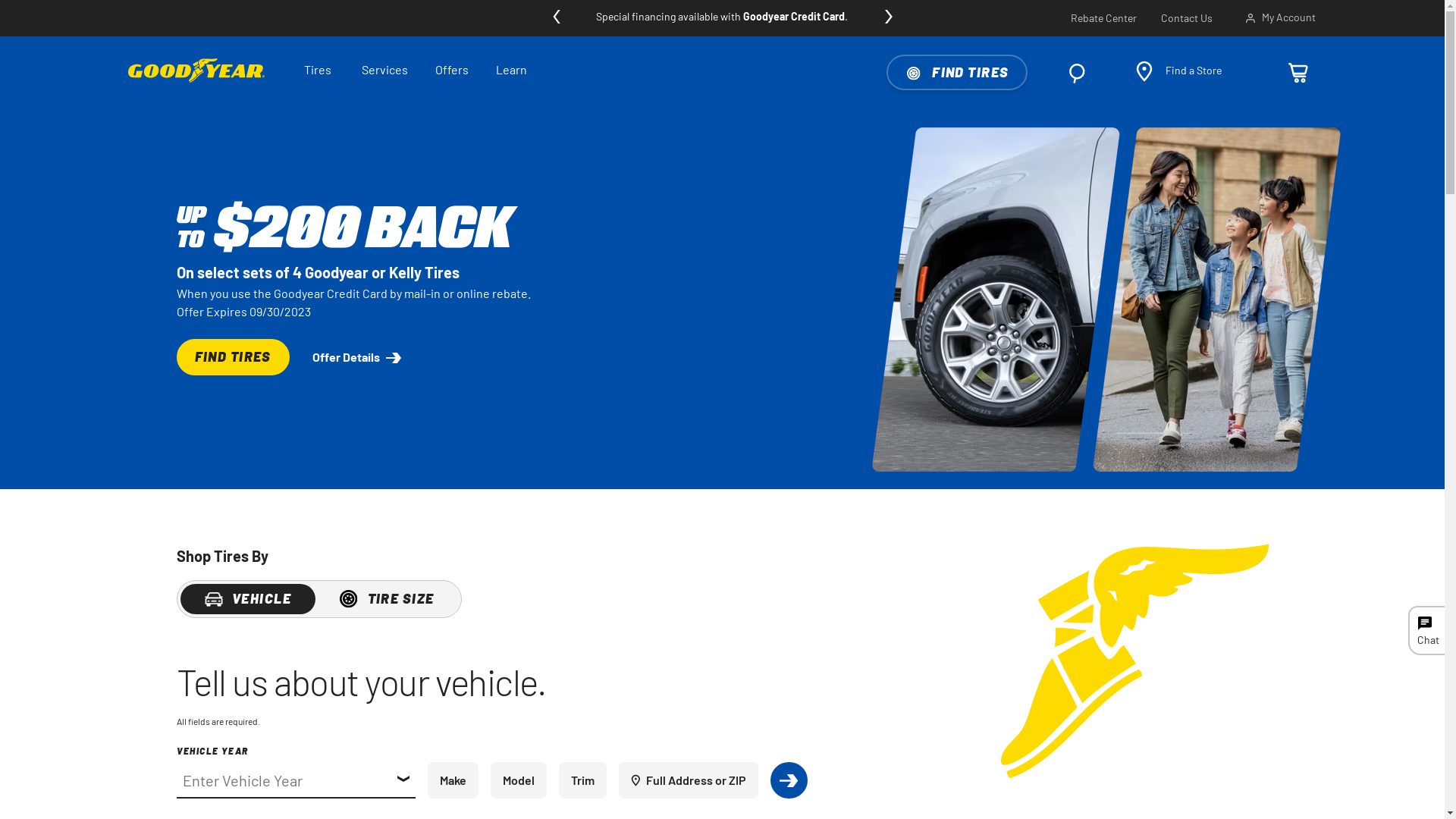The high cost of raw materials, the shortage of key ingredients, and the tightening of profit margins are as severe for ink and resin manufacturers.
As with most of the basic raw materials for the ink industry last year, resin costs have skyrocketed. The rise in the prices of some key materials from base stocks to acrylics has made resin companies have no choice but to increase prices for ink manufacturers. Despite the slight increase in prices, profits continued to decline.
Not only are the prices concerned, but some key ingredients are not only expensive but also have shortages. There will be no good news on the price side. The supply problem has eased, but the situation is still difficult to grasp in the future?
Last year
In 2004, the mild recovery of the ink industry brought some good news. At least, resin manufacturers had increased their sales, but they still suffered from high-priced raw materials.
Phil Runge, product manager for resin, alkyd, and web offset materials at Lawter International, said: “Our resin business has experienced a good recovery in 2004 compared to last year's sales, with the investment in advertising and the demand for our products. With regard to growth, we believe that the sustained momentum of the current situation is that the situation in 2005 was better than last year, and that the demand for growth will depend on the spring and summer seasons. Of course, our profitability has not improved due to the cost of raw materials."
Rick Krause, America Polymer Packaging Marketing Manager, Johnson Polymer, said: “The past 12 months have challenged the entire ink industry. Although the printing and processing business has been stable, the unexpected increase in the price and raw material costs has affected the profits of various manufacturers. Including pigments, solvents, monomer costs, and energy and transportation costs have affected manufacturers."
Robert Clinger, Sales Manager of Neville Chemicals, said: “In 2004, the sales volume of the graphic arts market was relatively stable. Although we tried to keep up with the oil price increase last year, we were unable to respond quickly to price increases or digest raw material price increases throughout the year. We hope to forget that in 2004, unfortunately, the cost of raw materials increased faster this year, and as crude oil and gasoline prices broke records, price pressures will obviously continue. Ink companies and suppliers will also face profit struggles this year.
Bill Bayer, vice president and general manager of coatings and graphic arts at Cytec Specialty Surface Technologies, said that UV curing inks have experienced a difficult period in 2004 due to shortage of raw materials.
Bayer said: "Acrylic acid is the main material. We have seen local competitors have pulled out of the market and caused supply shortages. This happened to our Vancryl water-based resin products. Styrene and acrylate prices soared with acrylic acid, all esters. There was a shortage in the third quarter of last year. Many resin suppliers were forced to adopt a raw material distribution system for their old customers and not accept new customers. The soaring raw material prices forced us to raise prices for our products."
Paul Elias, Sartomer’s special product business manager, said: “In short, the industry experienced last year's shortage of raw materials, sluggish supply, and rapid cost increase, which caused a panic in the supply situation. Fortunately, Sartomer can also ensure supply and support. This is mainly because Sartomer adheres to the principle of maintaining a long-term, stable relationship with its suppliers, just as it treats our customers. Good relationships allow us and our customers to benefit, and most of the raw material needs are guaranteed on time. But the current supply situation and us Our commitment to our old customers prevents us from meeting new customers."
Elias said: “This year we continue to encounter difficulties in raw material price increases, but the supply situation has clearly been stable and there has been no shortage similar to last year. We expect prices to stabilize, perhaps in the second two quarters of this year, if we wish. ”
The good news of growth seems to be constant, Bayer said. “In 2005, the growth in the market sector was between 4% and 6%. We are seeing an increase in demand for technology.”
Michelle Moss, DSM NeoResins Adhesives and Graphic Arts Business Manager, said: “Overall, the North American market has grown strongly in the coatings and graphic arts sector. This does not include the spiralling supply of raw materials and raw material costs to our acrylic technology and The impact of the product, especially on graphic arts products, the packaging market continued to take a good step, so we focused on introducing new products. On the supply side, the forecasted trend will not be eased in the coming year due to high oil prices and rising raw material prices."
The resin industry was affected by two acquisitions. In October 2004, Cytec acquired Surface Specialties. In February 2005, DSM acquired NeoResins. Bayer said: "The acquisition of Cytec has strengthened the leverage of our procurement of raw materials and services from our suppliers. At the same time, due to the expansion of our product range, we have become a more important supplier to our existing customer base."
Moss said, “We are now a division of DSM so that we can develop new technologies and expand our product range to enter new areas and markets. We are entering China and we will enhance the services in this market in the future.” Transfer costs
Resin manufacturers face price increases for all raw materials and inevitably shift some costs. Of course, resin material suppliers cannot compensate all costs.
Runge said: "Last year we successfully shared some of the material price increase burden, but we couldn't make up for the full cost. In July this year we announced a price increase. This time the price increase was higher than last time, because our profits are getting worse."
Clinger said: "Last year we proposed several major price increases to the industry and successfully implemented new prices. Regrettably, the price increase we strived for could not make up for the rise in petroleum raw materials. Industry profits have continued to be meager for years. The ability to reduce costs is getting smaller and smaller. The factory is making every effort to reduce costs, and cost reductions and process improvements over the years have already dug much in cost."
Krause said: “In the past 12-18 months, our raw material costs have increased by 60%-70%, forcing us to increase prices many times. In 2004-2005, we could only pass higher prices due to rising raw material, transportation, and energy costs. Prices make up part of the cost increase."
Paul Elias said: “In response to the increase in raw material costs, we have raised the price of the product. Unfortunately, we have not been able to keep up with the price of raw materials, but we have also transferred some of the price increase costs to other industries, not only inks. Industry." Bill Bayer said, "In the past 18 months, we have transferred some of the growth to the ink market, but we still cannot guarantee our profit levels. The raw material costs increased again at the beginning of this year."
Moss said: "We can only transfer the increased costs to the ink industry. Of course, this supply situation has been communicated and understood. The price increase will not usually be accepted immediately, but the actual market situation will eventually allow the ink factory to agree that ink prices. It also rose accordingly."
For resin manufacturers, in order to invest in research and development, price increases are important. Runge said, "Successful price increases are critical if the ink industry is not just looking to see their suppliers return on revenue, but also to improve R&D and production of existing facilities."
Respond to challenges
The key lies in profitability, and resin makers are striving to increase profits.
Runge said: “At this moment, continuous profit improvement consumes almost all resources, and we are continuing to invest in technical work, but most of our efforts are to reduce costs. We need to expand the technology platform to new areas to stop the graphic arts. The price of the industry is eroded.”
Runge said that Lawter implemented lean manufacturing technology, eliminated fixed capital investment, reduced losses, and tried to reduce the raw material cost of the resin. "However, the future of business changes depends on whether we can shift raw material prices to customers." Clinger said profitability is the resin industry is facing the most serious challenges. He said, “We invested in expanding production capacity to meet the expected demand growth in the last decade in the late 1990s. At the end of 2000, the demand for the ink market was at a low point. We began to look at the business more severely and adopted different business methods than before. Clinger noted that ink companies are also undergoing major changes to improve their profitability.
Clinger said: "As industry partners, we must understand their respective challenges and work together to maintain the viability of the company. We are working closely with customers to develop lower-cost product solutions to ease the pain of raw material prices on the market. Our challenge is to reduce At the same time, we must maintain the inherent quality, stability and performance of our products."
Ink companies are also raising their prices, which is good news for their suppliers.
Runge said: “We have seen many ink companies start to shift pressure on raw materials, and we expect to receive full industry support, especially in the field of thermal curing.”
The price increase in the ink industry is clearly forming, and good news for resin suppliers.
Supply bottlenecks
Supply has always been a cause for concern. The news in 2005 has been very good. Rick Krause said: "We have confidence in our supply capacity and customer growth. We have eliminated the sales restrictions imposed in 2004. Since last fall, the company has taken strategic steps to ensure the global supply of strategic raw materials and let customers know about them. We can rely on our capabilities to obtain raw material supply. Because of the cost pressures faced by various companies, we feel that the first and foremost thing is to ensure uninterrupted supply to our customers when raw materials are tightly packed and available." Paul Elias said: “Acrylic acid, as the most commonly used raw material, was extremely short last year. Due to strong demand, sudden stock-outs and insufficient capacity, some suppliers added force majeure clauses or declared use of the distribution system in the contract. This resulted in a shortage of resin supply as a whole. In addition, we have seen tight supply of alcohols and other raw materials, and higher costs. However, Sartomer's supply in the United States has not been interrupted, and Europe has emerged."
Bill Bayer said: "Having passed half of this year, raw material costs will be slightly loosened. All acrylic resin products will be under pressure from the supply point of view, but there will be no impact on procurement costs."
Clinger said: “At present, there is ample supply of resin materials used to manufacture our products. The future focus is on the value of these raw materials in fuel blends. Some suppliers see the higher value brought by the gasoline market and their products. The main line is turning to this market.As the price of gasoline is expected to increase, other finishers may evaluate the value of these products to find the best return on assets.As the industry needs us to show manufacturers hydrocarbon industry is a dynamic strategy Sexual partners."
Source: Paint Online
